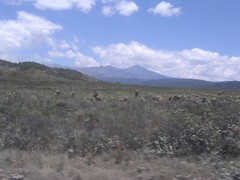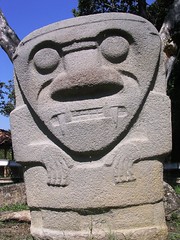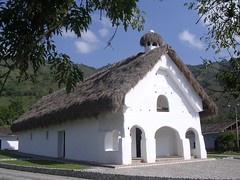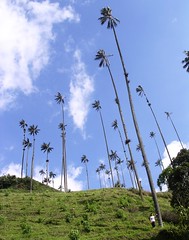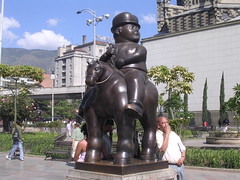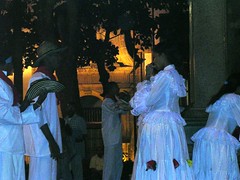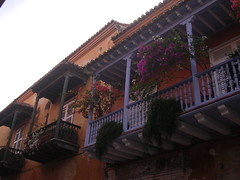The deep canyons dig incurable wounds along the Andean ridge and mark the border between Colombia and Equador: we reach Ipiales following the Pan-American highway from Popayan through Pasto. We greet therefore Colombia, a large and wonderfully wild country, sad and crazy, happy and “thief”… Colombia, a country that more than every other Andean state, has been underestimating its most precious treasure, the wisdom of its indigenous peoples, asphyxiating their culture in a logic of useless conflict. Colombia, the country that condenses all its seducing fascination in the novel One Hundred Years of Solitude (Cien Años de Soledad), written by the Colombian genius, Gabriel Garcia Marquez.
“Bienvenidos al Ecuador” (Welcome to Equador), says the enormous cartel: the next challenge and many projects to realize, our dream to discover the Amazon. After traveling for so many months we reach the half of the world: a foot to north and the other one to south, or vice versa, we cut the line of the Equator.
